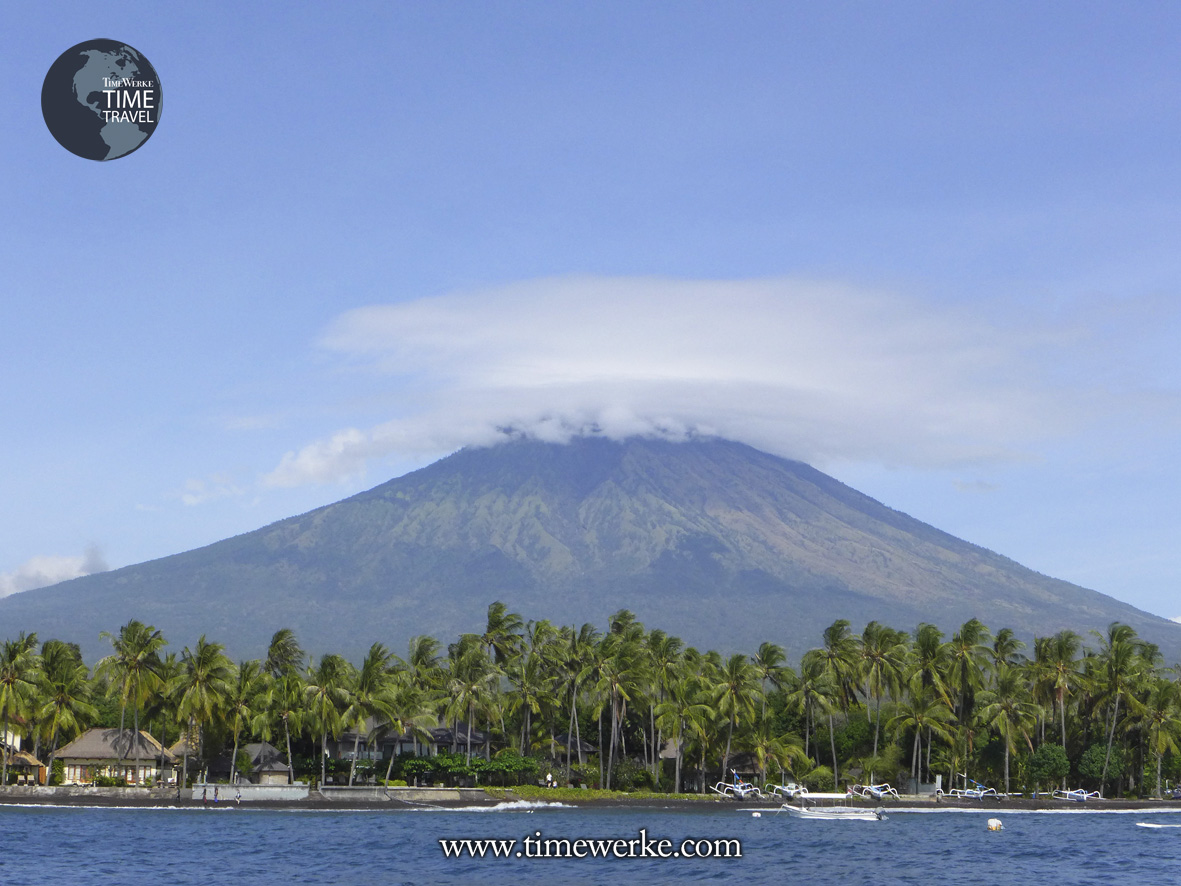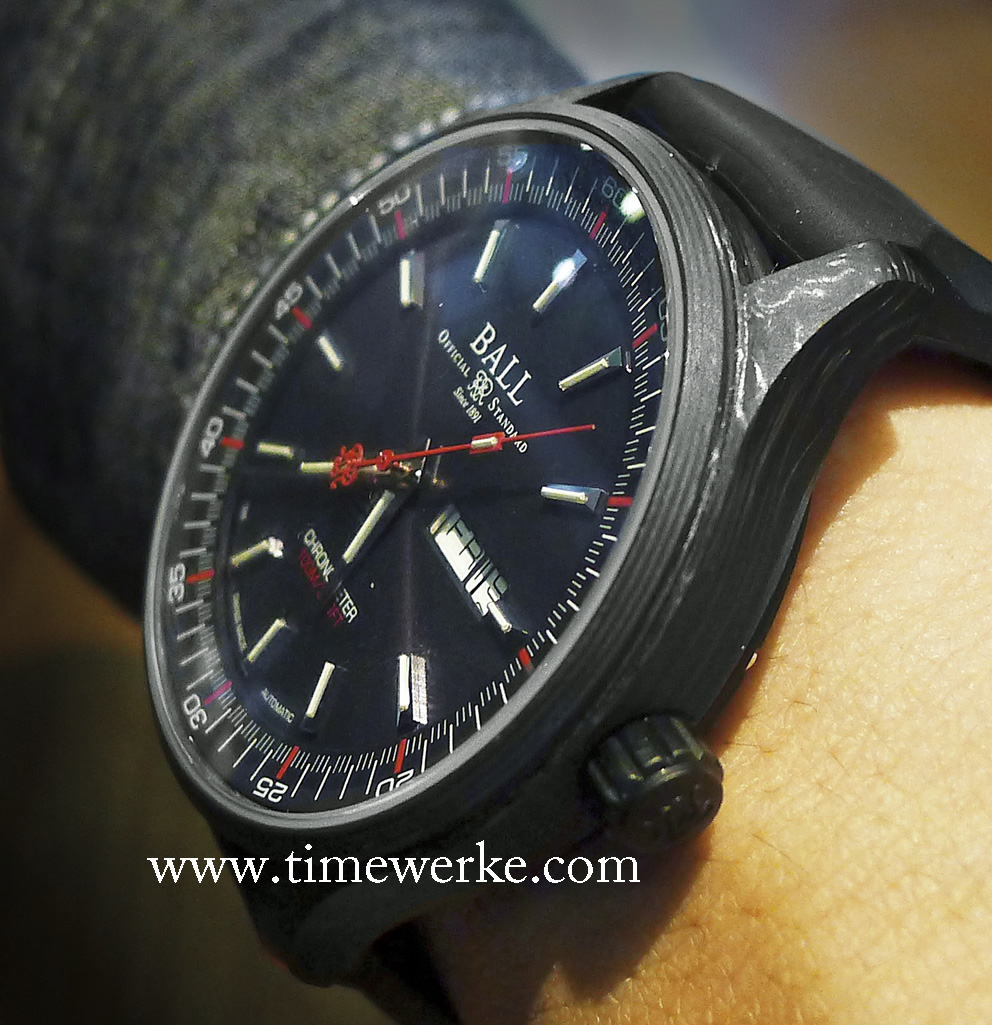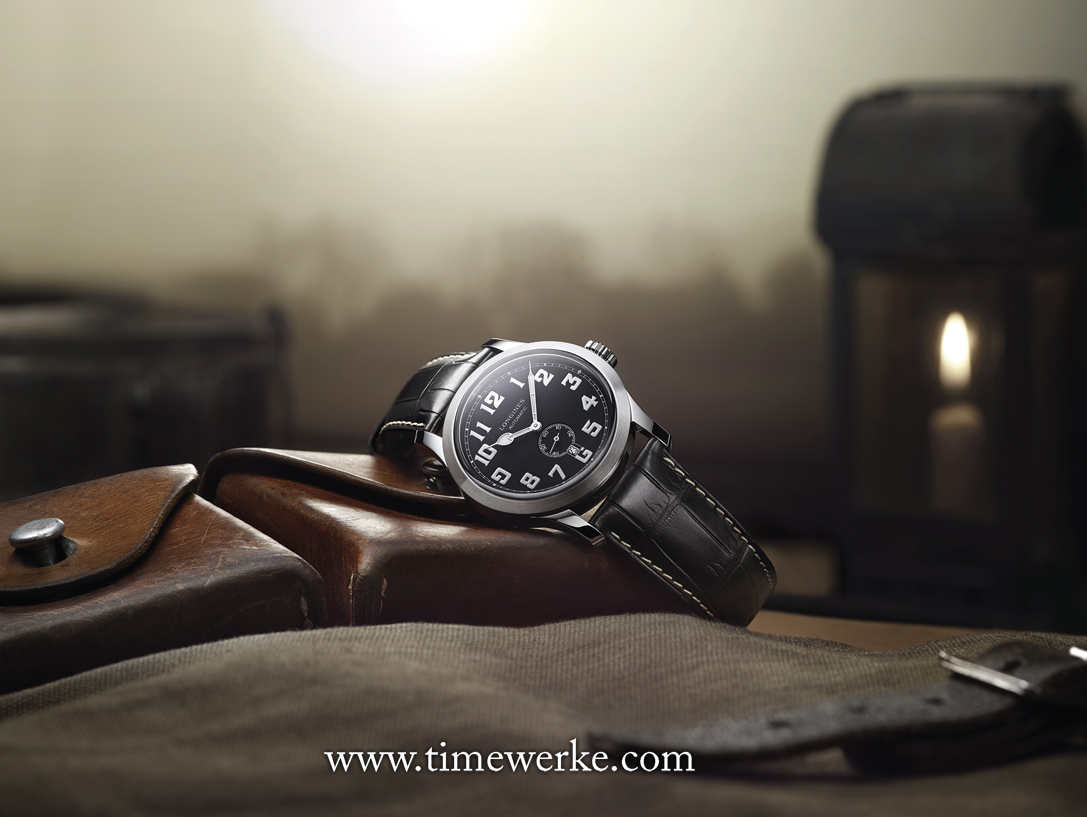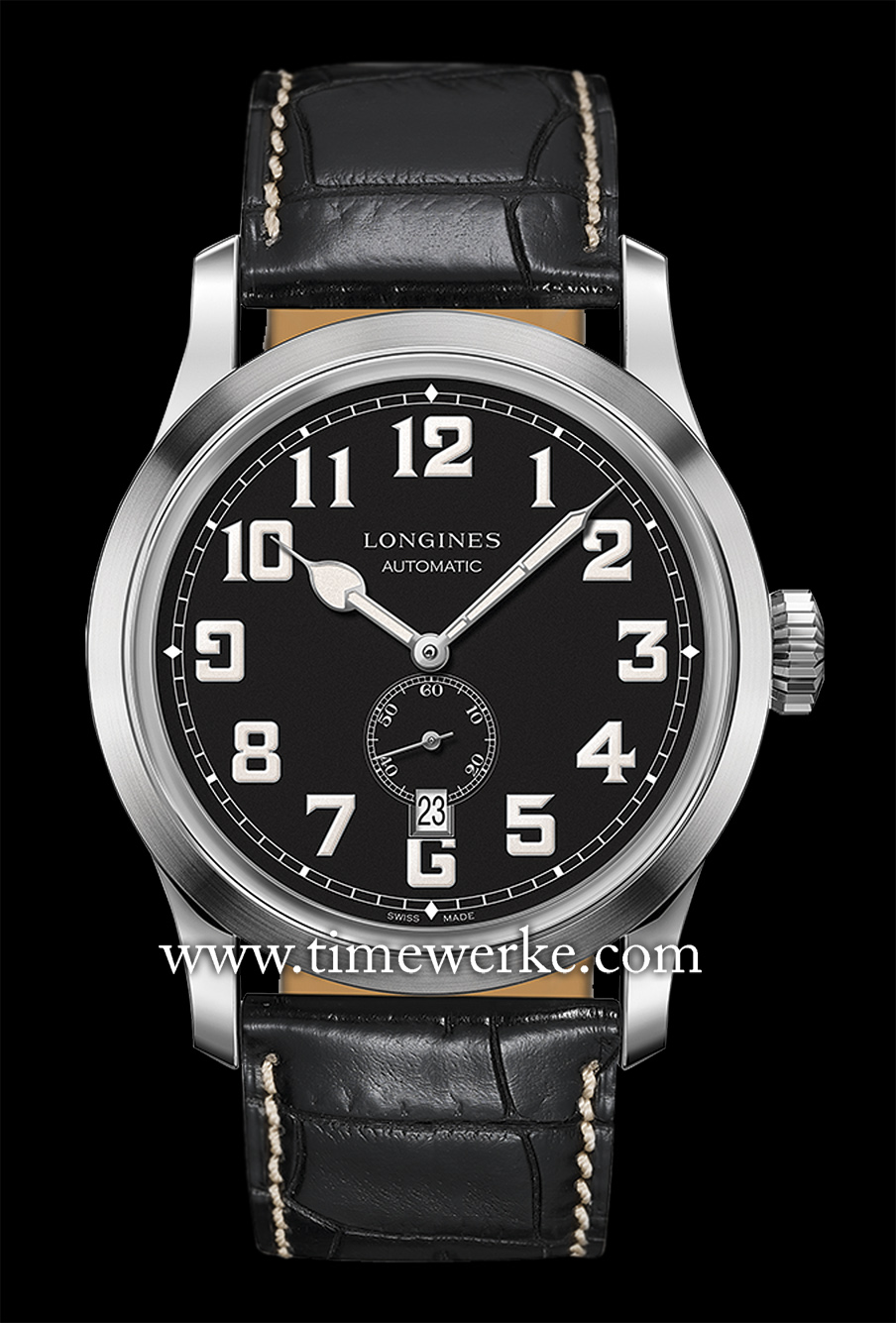
Mount Agung in Bali, Indonesia. This stratovolcano, which last erupted in 1963, stands at 3,148 metres or 10,328 feet and it is the highest point in Bali. Photo: © TANG Portfolio.
Mount Agung or Gunung Agung in Bali, Indonesia is an active volcano that last erupted in 1963.
Also known as a stratovolcano, Mount Agung towers at 3,148 metres or 10,328 feet and not only is it the highest point on Bali, it is considered the most sacred on the island.
Stratovolcanos are also known as composite cones. They have gentle slopes that rise steeply near the summit and the overall morphology is concave in an upward direction. The summit area usually has a small summit crater.
Well-known stratovolcanos include Mount Fuji in Japan, Mount Mayon in the Philippines and Mount Agua in Guatemala.
While deemed the most picturesque, stratovolcanos are the most deadly of volcano types, according to the website, www.geology.sdsu.org, a site constructed by Dr Vic Camp from the Department of Geological Sciences at San Diego State University. This is an educational resource site sponsored by NASA under the auspices of Project Alert (Augmented Learning Environment and Renewable Teaching).
Why are we highlighting volcanos? Well, Ball Watch Company explains that volcanos are a source of inspiration for their research and development team focusing on anti-magnetic protection in watches. That is because of the link between volcanos and magnetic fields.
Prior to a volcanic eruption, magma travels up into a form of holding reservoir beneath the volcano. This hot material will change the local magnetic, thermal, hydrologic and geochemical conditions.
Moreover, when older volcanic rocks are heated by fresh magma, the original magnetic properties of the rocks after they had cooled and crystallised may change.
Basalt is one type of volcanic rock that forms from lava of volcanoes. It is characteristically dark in colour, contains 45% to 54% silica and is generally rich in iron and magnesium. This explains why it can have strong magnetic signatures after it cools.

The Ball Watch Engineer Master II Volcano, launched in 2016, features a unique case that is highly resistant to magnetic fields. Photo: © TANG Portfolio.
In 2016, Ball Watch introduced its Engineer II Volcano featuring a case material featuring strong anti-magnetic resistance, a result of the brand’s research and development efforts into this subject matter.
More on the Ball Watch Engineer Master II Volcano on timewerke.com in the article: “A Case Against Magnetism Part II“.


